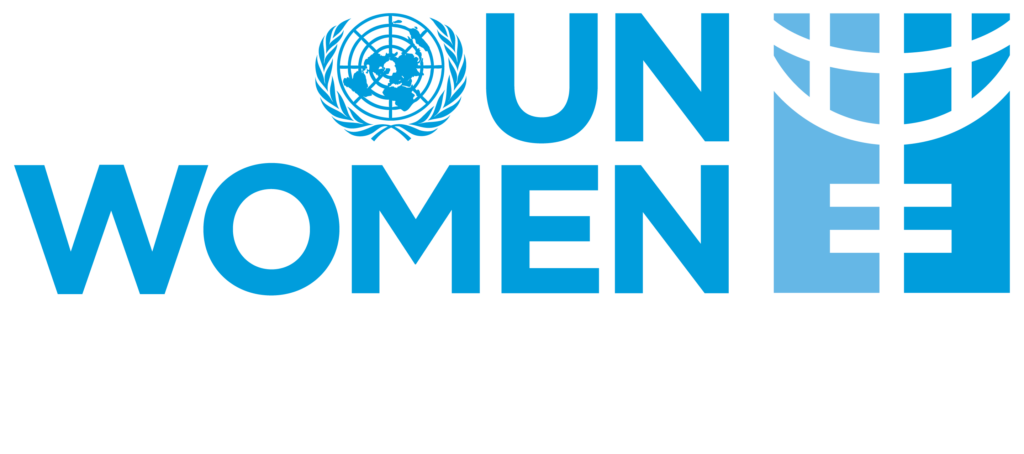
Shift researcher invited by UN Women to speak at headquarter in NY
Tanu Priya Uteng, WP3 leader of SHIFT, has worked on the topic of “Gendered Mobilities” for over a decade. She was recently invited by UN Women at their headquarter in…
Tanu Priya Uteng, WP3 leader of SHIFT, has worked on the topic of “Gendered Mobilities” for over a decade. She was recently invited by UN Women at their headquarter in New York to deliver a talk on the gendered nature of transport infrastructure design and provision. Tanu’s talk highlighted the ways in which women’s needs, perception and concerns have been routinely ignored in mainstream transport planning.
Gender divide in the domain of transport very much dominates the transport landscape in both the developed and developing parts of the world. In developed economies like Scandinavian countries, Germany etc. what is now emerging is a convergence of travel behavior for both genders – where women have altered their sustainable travel behaviour (more walking, and public transport usage) towards increasingly car-dependent travel habits.
Clearly divided gendered travel patterns
More men travel to work and for leisure and more women make shopping and escort trips.
- Men have more access to and use motorized modes more often than women.
- Women walk more, and men are more motorized.
- Women are dependent on good Public Transport
- More women are motorbike/car passengers.
- Women travel shorter distances but walk longer distances.
- Where cycling is a part of the travel culture, women bicycle longer distances.
If the goal of transport planning is to move towards active travel modes and increased public transport usage, then the unit of analysis needs to shift from men to women. The ways in which men have been prioritized so far is reflected in the entire transport planning exercise based on the hegemony of trips planned for peak hour, commute, fixed employment, and fixed areas, which have, in essence, encouraged extensive road (and bridge/flyover)-building exercises at the cost of walking, cycling and better provision of public transport. Women, on the other hand, display trip characteristics which are dominated by flexible trips, trip-chaining, travelling with children, linking multiple, geographically spread low-end, part-time jobs etc. necessitating a wider coverage of public transport, area planning for high density, mixed land use which in turn encourages walking and cycling.
Tanu presented these research findings and has been once again been invited by UN Women to highlight the nexus between poverty and gendered nature of transport (non-)provision in Santo Domingo, Dominican Republic in February 2019.